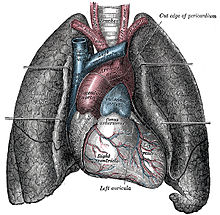 |
| (Saint Catherine of Siena) |
In an exegesis of Luke 9:51-62, Kathryn Getek Soltis asks: What is the nature of a Christian's moral
obligation to her family?
She points out the biblical mixed messages concerning this question.
On the one hand, we are given the Commandment to "Honor thy father and thy mother." On the other hand, Luke 14:26 tells us that Jesus proclaims the following: If any one comes to me without hating his father and
mother, wife and children, brothers and sisters,
and even his own life, he cannot be my disciple.
For Getek-Soltis (and many others), this is quite the paradoxical dilemma. How can both these Scripture passages be aligned? After much grappling, Getek-Soltis concludes that the "inevitable tensions" between "family and discipleship" must be "left to an uncertain discernment."
Even prophets and saints have struggled with this balance. Elisha,
when called by Elijah to be his successor, asked to first kiss his parents good-bye. The Bible
does not elaborate on how that scene unfolded… We
know more about Catherine of Siena's somewhat-strained family ties after her holy life took precedence over everything of this world.
Wikipedia explains that Catherine created a "cell" in her mind from which she could "never flee." Within this "inner cell she made her father into a representation of Christ, her mother Lapa into the Blessed Virgin Mary, and her brothers into the apostles." In
this way: Serving them humbly became an opportunity
for spiritual growth.
Resources
http://catholicmoraltheology.com/thirteenth-sunday-in-ordinary-time-the-tensions-of-discipleship/
http://en.wikipedia.org/wiki/Catherine_of_Siena
Copyright June 30, 2013 by Linda Van Slyke All Rights Reserved



























.jpg)